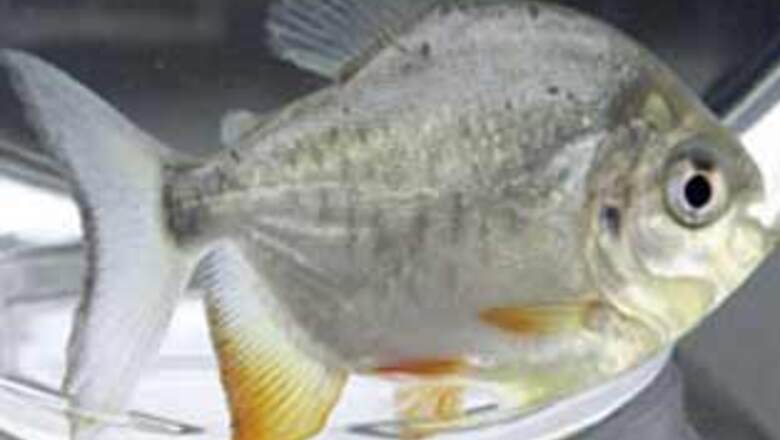
views
London: The fossil of a pregnant fish has shed light on the possible origin of sex, according to a new study.
The fossil is an adult placoderm, an extinct group of armoured fish, and it contains a five cm-long embryo.
It is dated to the Upper Devonian period 350 million years ago and was found in the Gogo formation of western Australia.
The fish species is Incisoscutum ritchiei and this specimen is one of the earliest examples of a pregnant vertebrate and shows that internal fertilisation, or sex, started far sooner than previously thought.
"This discovery is incredibly important because evidence of reproductive biology is extremely rare in the fossil record," said Zerina Johanson, fossil expert (palaeontologist) at the Natural History Museum (NHM) here.
External fertilisation is believed to be the earliest form of reproduction and scientists used to think the placoderms and other early fish groups used this method.
"We expected that these early fishes would show a more primitive type of reproduction, where sperm and eggs combine in the water and embryos develop outside the fish," said Johanson.
The process of internal fertilisation and giving birth to live young, or viviparity, is more advanced and differentiates some fish and mammals from other animals such as reptiles and amphibians.
"Copulation appears to be the main way they reproduced," added Johanson, "demonstrating that sex started a lot sooner than we thought."
The fish fossil has been in the Museum collections since the 1980s. Along with thousands of other fish specimens, they are used in scientific study by Museum scientists and other researchers from around the world.
However, recent findings such as embryos found in other placoderms caused Johanson and her colleagues to take another look at the fossil, said an NHM release.
The team came to the conclusion that what they thought was a meal in the stomach of the fish was in fact a young fish developing in the womb of an adult.
The study was published online in Ecography.




















Comments
0 comment